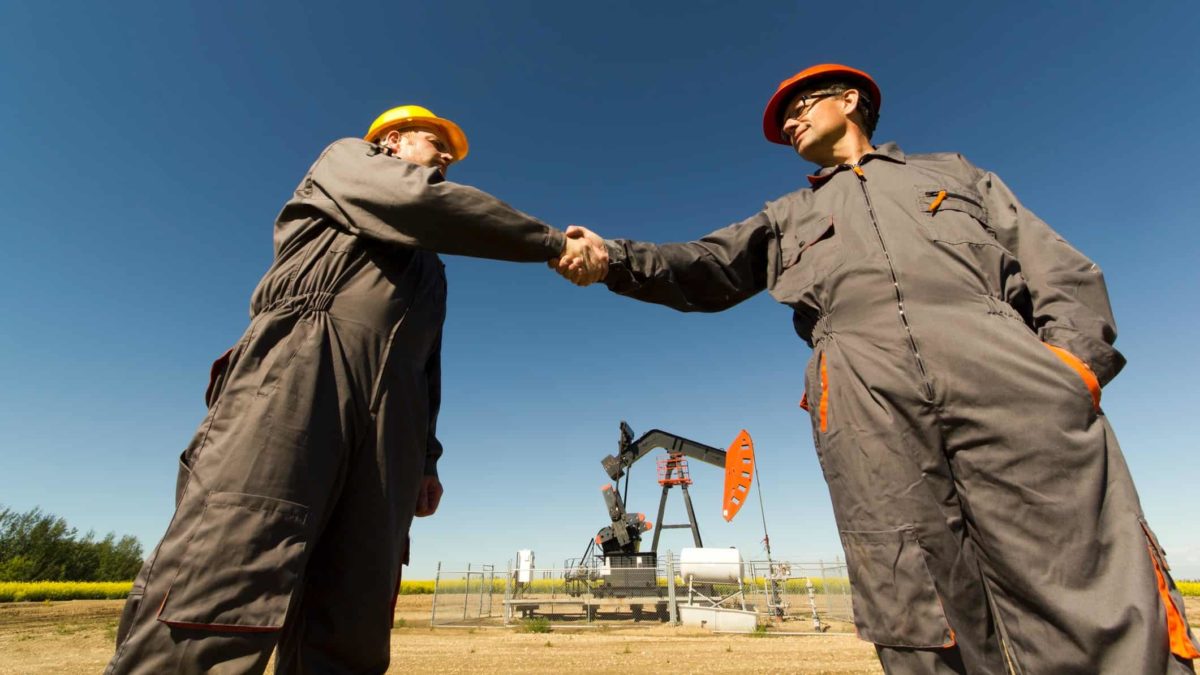Woodside Energy Group Ltd (ASX: WDS) is Australia's largest oil and gas business with a global portfolio of exploration, development, and operational projects.
Woodside shares rocketed in 2022 amid sanctions on Russian energy supplies following the invasion of Ukraine, as seen in the chart below.
In June 2022, Woodside completed its merger with BHP's oil and gas portfolio, creating a global energy company. As well as operations in Australia, it is active in West Africa, North America, Asia, and the Caribbean.
Last year, the energy giant delivered record dividends and currently boasts an enviable dividend yield. But should you add Woodside shares to your portfolio? Here's what our Motley Fool writers have to say:
Resurgent demand, restrained supplies, and market-beating dividends
By Bernd Struben: The first reason I'm bullish on Woodside shares is because of the past year's retrace in oil and gas prices.
That may sound contradictory.
But the Woodside share price has managed to gain 7% over the past 12 months. Over this same period, the price of Brent crude oil plunged 38%.
Source: Bloomberg 12-month Brent crude prices
Now, imagine what might happen if energy prices rebound, which marks our first reason to buy.
I agree with Goldman Sachs in believing that crude oil prices are poised to rebound from their more than one-year lows. The broker is forecasting Brent to trade for US$86 per barrel in December, almost 18% above current prices.
Then there's gas.
Global gas shortages will almost surely persist until well after Russia's war in Ukraine ends.
At last month's G7 Summit, the group said it strongly supported increasing global gas supplies. And Germany reported it needs new gas-fired power stations.
Russia's war has seen gas exports to Asia from the United States plunge 46% in 2022 as the US prioritises supplying gas to Europe. Atop of supporting gas prices, this opens the door for Woodside to potentially ramp up its own exports into Asia.
And with China opening up the stimulus taps to revive its flagging economy, the demand equation out of Asia looks good to me.
This brings us to my second, seemingly contradictory, reason to buy — pending regulations on gas sales in Australia's domestic market.
The finer details won't be known for three weeks yet. And that could lead to some short-term volatility. But once the rules are spelled out, Woodside will be able to move forward with its major growth projects with greater certainty. And investors are likely to reward that greater certainty.
Rounding off the list, the third reason I'm bullish on Woodside shares is their significant passive income potential.
On 5 March, Woodside paid out an all-time high, fully franked final dividend of $2.154 per share. Atop the record interim dividend of $1.60 per share, the stock trades on a trailing yield of 10.9%.
Buyer beware, the future may not be as attractive
By Tristan Harrison: Woodside is a much bigger business operationally than it was 12 months ago. This follows the merger with BHP's petroleum business. The Woodside share price is up over the last 12 months, even though the spike in energy prices was last year.
A business is meant to be valued on its future earnings, yet there have been some negative developments for Woodside recently.
First, its profit may be reduced because of changes to the Petroleum Resource Rent Tax (PRRT). While this may only be a relatively minor change for Woodside, its bottom line is reduced nonetheless. It also increases uncertainty.
Secondly — and perhaps more importantly — there is more government (and Greens) focus on the development of new gas projects around Australia. As reported by my colleague Bernd at the time:
The deal doesn't ban new oil and gas projects, as proposed by the Greens. But it was reported that the big energy companies will need to spend billions of dollars more on offsets and carbon capture technology on new projects to meet the new emissions reduction goals.
This seems like a headwind for future earnings.
CEO of gas lobby APPEA Samantha McCulloch said at the time:
New gas supply investment needs policy and regulatory certainty but instead, the Labor-Greens deal creates additional barriers to investment, further diminishing the investment environment and adding to the growing list of regulatory challenges facing the sector.
As we can see on the chart below, Woodside shares currently have a low price/earnings (p/e) ratio.
Source: TradingView: Woodside price/earnings ratio
Typically, a low p/e ratio is an attractive sign. But, for a cyclical share, it can be a warning sign. I think the best time to buy a cyclical business is at the weak(est) point in the commodity cycle.
The great investor Peter Lynch previously said that cyclical businesses at a low valuation ratio are typically overvalued, whereas a high ratio is when it's cheap. As Lynch said, "Cyclicals are like blackjack: stay in the game too long, and it's bound to take back all your profit."









